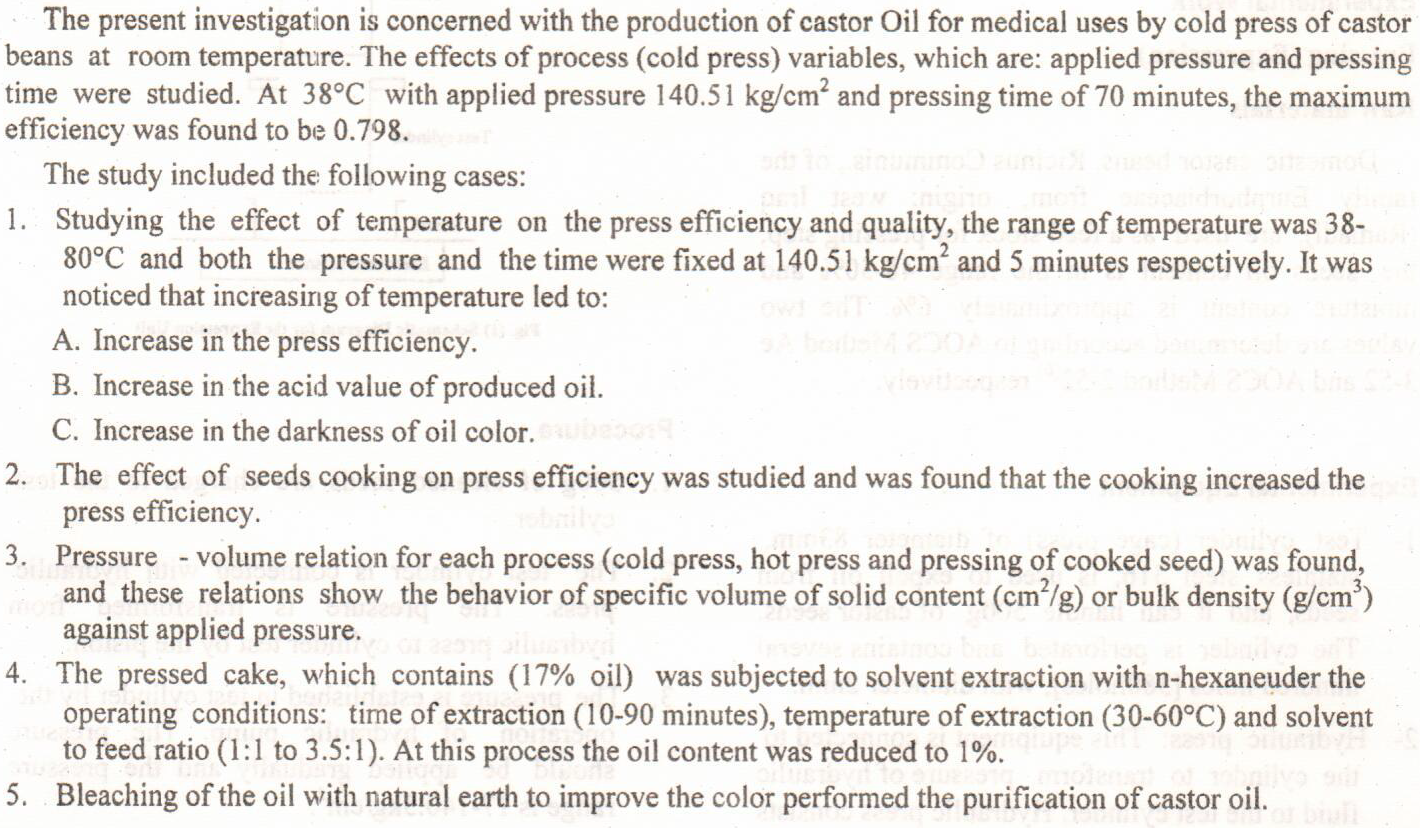
Knowledge of the mineralogical composition of a petroleum reservoir's formation is crucial for the petrophysical evaluation of the reservoir. The Mishrif formation, which is prevalent in the Middle East, is renowned for its mineralogical complexity. Multi-mineral inversion, which combines multiple logs and inversions for multiple minerals at once, can make it easier to figure out what minerals are in the Mishrif Formation. This method could help identify minerals better and give more information about the minerals that make up the formation. In this study, an error model is used to find a link between the measurements of the tools and the petrophysical parameters. An error minimization procedure is subsequently applied to determine
... Show More (6)
(6)
Radiological assessment for the East Baghdad oilfield-southern part was conducted in the current study. 10 samples (scale, soil, sludge, water, and oil) from the different stages of oil production were collected. 232Th, 226Ra, and 40K in the samples were analyzed with 40% efficiency for Gamma spectrometry. system based on HPGe. The findings indicated that the examined sites exhibit comparatively lower levels of NORM contamination, in contrast to other global oilfields. Nevertheless, certain areas, particularly those within separation stages, demonstrate relatively elevated NORM concentrations exceeding the global average in soil and sludge. The maximum value of 226Ra, 232Th, was found in sludge sample the findings indicated that ove
... Show More (1)
(1)
Iraq has the distinction of being a great potential of non-renewable natural resources,
especially crude oil and natural gas. Since the discovery of crude oil at the beginning of the
twentieth century in Iraq. Although the different of investment types, it contributed to the oil
sector in the provision of financial resources to the state treasury , since that date until the
present time.
Search has been marked by division ((The foreign investment in the oil sector in Iraq after
2003)) into three sections. The first section included a brief history of the development of
Iraq's oil potential in terms of oil reserves, and oil fields, and the quantities of production and
export. The second section reviewed the investm
Excessive torque and drag can be critical limitation during drilling highly deviated oil wells. Using the modeling is regarded as an invaluable process to assist in well planning and to predict and prevent drilling problems. Identify which problems lead to excessive torque and drag to prevent cost losses and equipment damage. Proper modeling data is highly important for knowing and prediction hole problems may occur due to torque and drag and select the best method to avoid these problems related to well bore and drill string. In this study, Torque and drag well plan program from landmark worldwide programming group (Halliburton Company) used to identify hole problems.one deviated well in Zubair oil fields named, ZB-250 selected for
... Show More (3)
(3)
Excessive torque and drag can be critical limitation during drilling highly deviated oil wells. Using the modeling is regarded as an invaluable process to assist in well planning and to predict and prevent drilling problems. Identify which problems lead to excessive torque and drag to prevent cost losses and equipment damage. Proper modeling data is highly important for knowing and prediction hole problems may occur due to torque and drag and select the best method to avoid these problems related to well bore and drill string. In this study, Torque and drag well plan program from landmark worldwide programming group (Halliburton Company) used to identify hole problems.one deviated well in Zubair oil fields named, ZB-250 selected for anal
... Show More (3)
(3)
 (3)
(3)
 (4)
(4)
An investigation was conducted for the determination of the effects of the forming conditions in the production of Gamma Alumina catalyst support on the crushing strength property. Eight variables were studied , they are ;binder content which is the sodium silicate , Solvent content which is the water, speed of mixing , time of mixing, drying temperature , drying time , calcinations temperature and the calcinations time
Design of the experiments was made by using the response Surface method in Minitab 15 software which supply us 90 experiments .
The results of this investigation show that the crushing strength for the dried Gamma alumina extrudate was affected by the drying temperature and the drying time only and there is no inter
This study aims to answer a significant problem of social sciences and philosophy: How do we construct an institutional reality such as diplomacy with an objective recognizable existence? The study assumes that the ability to build institutional reality is based on our biological capacity, as it takes different forms in all the institutions we construct. The study takes the theory of the American philosopher John Searle as an approach to examining the assumption. The study sums up important findings; cultures, although they share the biological capacity on which they produce institutional realities, differ in the form of the value standards on which the institutional realities are based. The study recommends the need of Arab social resea
... Show More
